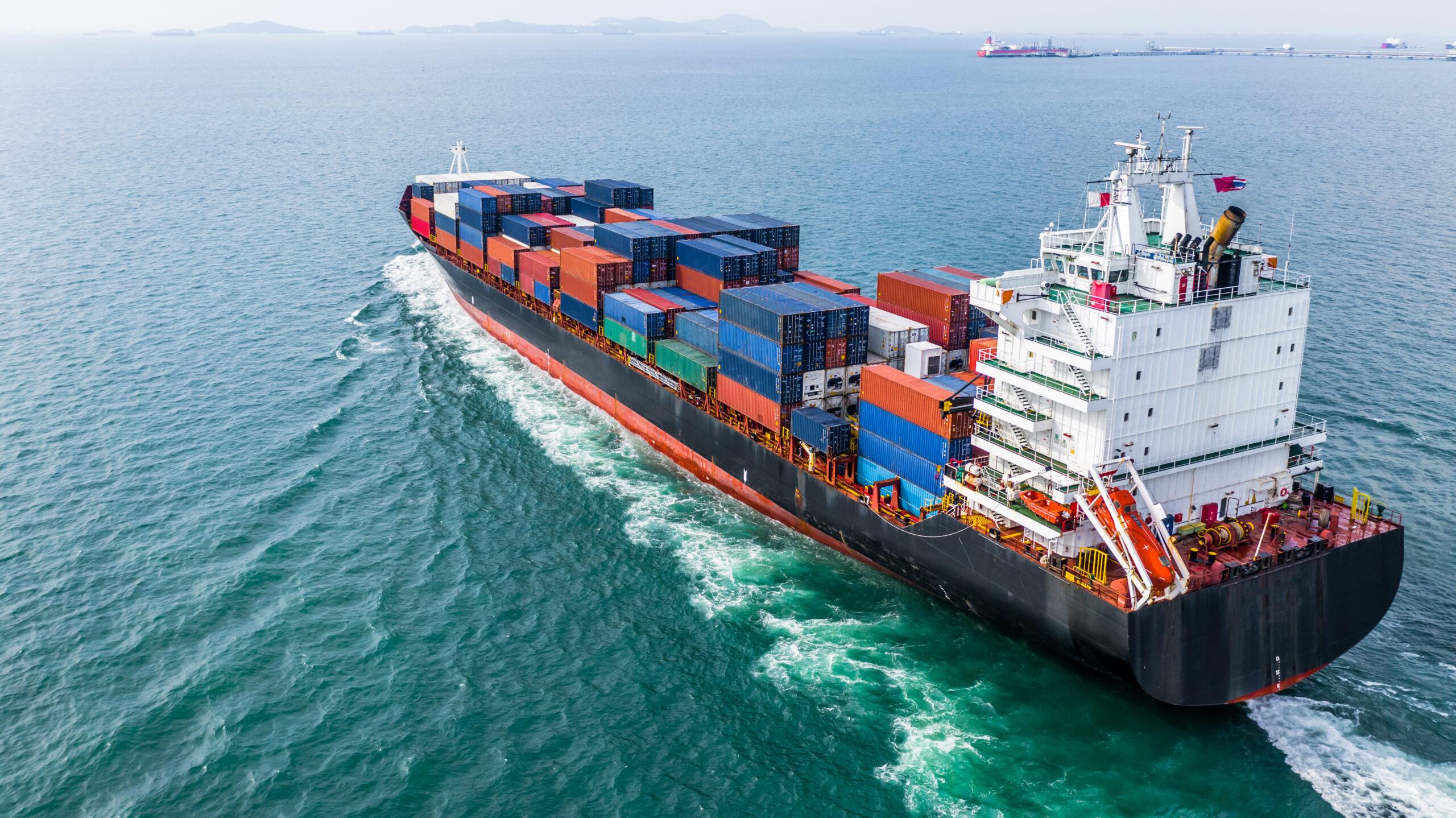Technology has the capacity to make complicated tasks simple. Technology allows us to communicate with people and businesses around the world, in different time zones, supporting a variety of currencies to get our money where we want it to go. Technology has also allowed us to create professional connections with other entities that can meet our business needs without being restricted by location or geography. When it comes to international trade finance companies and technology, change is occurring sooner rather than later.
Ultimately, technology and trade finance companies should work together to minimize financial risk for the parties operating along a supply chain. Exporters want to know they will be paid for their goods, and importers want to know they will receive the goods they ordered before fronting payment. Technology can help analyze the financial strength of a business, streamline the payment process, gather data, and more, and all of these capabilities help build a better process of global trade finance.
International Trade Finance Companies and Technology
There are new technologies that are constantly being created to meet the needs of a changing world. Unique applications of technology can be used to solve problems that didn’t exist in the past. In the case of international trade finance companies, two factors could influence how this industry grows and changes: the first is specific technologies, such as Artificial Intelligence and blockchain tech; the second is the widespread use and normalization of new technologies across the finance and supply chain of global businesses.
Changes Through Digitization
The biggest change to international trade finance companies, as well as import/export businesses themselves, comes through digitization of information. Right now, most companies around the world rely on printed shipping invoices, bank documents, agreements, and other financial information to ensure business runs as usual. Information is certainly processed using digital methods, but still requires manual input.
Streamlining this process could mean utilizing cloud storage. It could also mean using other digital technologies to upload invoices, make online payments, and track shipments equipped with digital fingerprints. These technology-enabled functions could be monitored by importers, exporters, and the trade finance company facilitating financial operations between the two.
Changes Through Blockchain
Blockchain financing is another technology that could change how international trade finance companies operate. Blockchain is a data structure that allows a business or trade finance company to create a digital transaction ledger that keeps track of the interactions of approved parties in a supply chain. All members of the blockchain have access to the secure ledger, allowing them to update it based on each transaction they are involved in.
Blockchain technology can simplify business interactions, as only one, standardized digital copy of transaction paperwork is needed across all members of the blockchain (eliminating the need for Company A to keep a record, Company B to have the same paperwork on file, and so on). This standardization of paperwork eliminates the need for each member of the chain to make sure their paperwork is all correct and the same as everyone else’s.
Blockchain has the potential to speed up transaction time, increase digital security, increase transparency, and move capital quickly.
Changes Through AI
Finally, artificial intelligence is another way technology is changing how international trade finance companies operate. Although not widely used, AI has the potential to mitigate risks across a supply chain. It can analyze the financial viability of businesses and streamline the financial interactions of companies working with various currencies in different parts of the world. AI could allow a trade finance company to connect suppliers with businesses that could meet their needs and budgets, all while navigating the complicated world of international trade and finance.
Challenges of Technology
One of the challenges that trade finance companies face is utilizing technology across the entire finance and supply chain. All pieces of the puzzle need to be using the same technologies in order to make the process work. Until there is a standard of digitization of information and use of specific technologies, paper will always be the go-to method for operation around the world.
Paper documentation and manual data entry allow each part of the trade finance chain (banks, lenders, import companies, export companies, etc.) to see the information that is pertinent to their transaction, and sign off on it before it heads to the next phase of the process. Although this allows for human eyes to catch any errors, it also takes up a lot of time that companies could be spending on product design, finding suppliers, getting their product into retail locations, and growing their business.
Paper is currently the level playing field that everyone can operate on, while certain technologies are only being introduced in niche sectors of business. However, as technology spreads, more and more businesses will find they are able to operate better, using technologies that can link them to global resources.
Final Thoughts
Until specific technologies like AI, blockchain tech, and general digitization of information become standard around the world, paper will remain at the forefront of the way people use trade financing and interact with their supply chains.
Tradewind is an international trade finance company specializing in export factoring and supply chain financing. Tradewind operates globally and works with businesses in a variety of industries, including textiles, electronics, hospitality, and more. For more information, visit our website.


